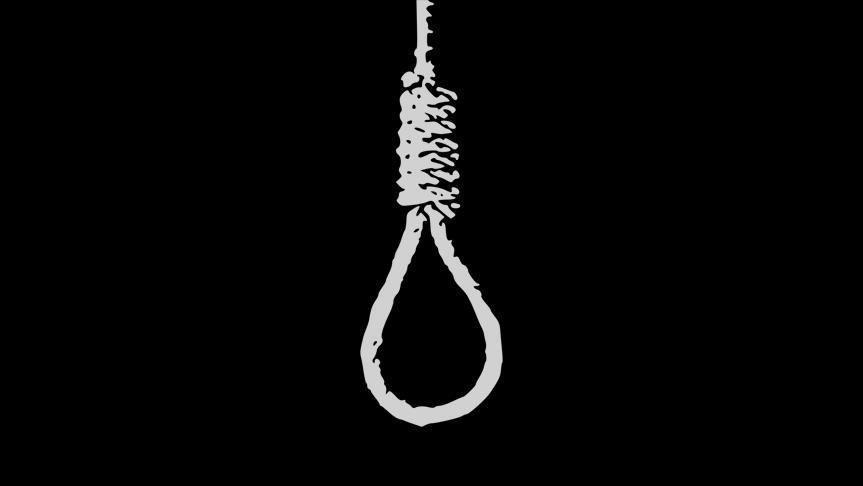''I am currently under medical supervision. It's hard not to feel concerned, given the circumstances. This issue is closely tied to life itself. The emotional burden is substantial,'' he conveyed to journalists from the Central Clinical Hospital, situated in proximity to Moscow's Kremlin.
Having previously lent his expertise to past space missions under the Soviet Union, Mr. Marov regarded the Luna-25 mission as the pinnacle of his lifelong dedication. He expressed his somber sentiments over the mission's outcome.
"It's indeed regrettable that the spacecraft couldn't achieve a successful landing. For me, this venture represented a final ray of hope for witnessing the resurgence of our lunar program,'' Mr. Marov lamented.
In an interview with the Moskovsky Komsomolets newspaper, he expressed his aspiration for a meticulous examination and comprehensive discussion on the factors behind the mission's crash.
Luna-25 was Russia's opportunity to build upon the legacy of its historic Luna program, signifying a renewed engagement in autonomous lunar exploration amidst increasing divergence from Western counterparts. Regrettably, Russian space agency Roscosmos confirmed on Sunday the abrupt loss of communication with Luna-25, leaving an air of uncertainty in its wake.
Roscosmos issued a statement, revealing, "The spacecraft veered into an unforeseen orbit and ceased to function upon impact with the lunar surface."
The agency disclosed its intention to initiate an official inquiry into the incident's underlying causes. However, it refrained from divulging specific technical glitches that may have contributed to this lamentable outcome.








